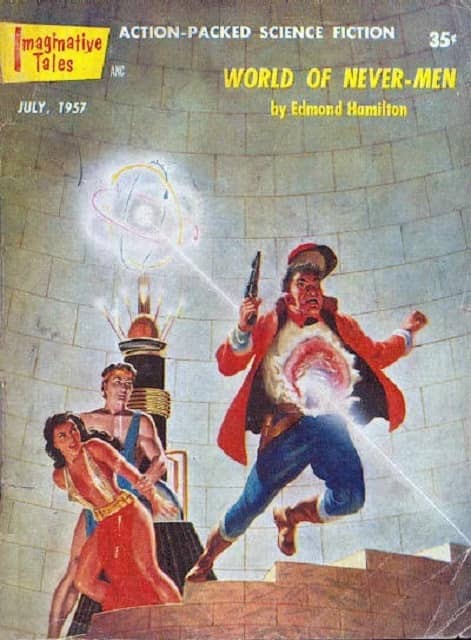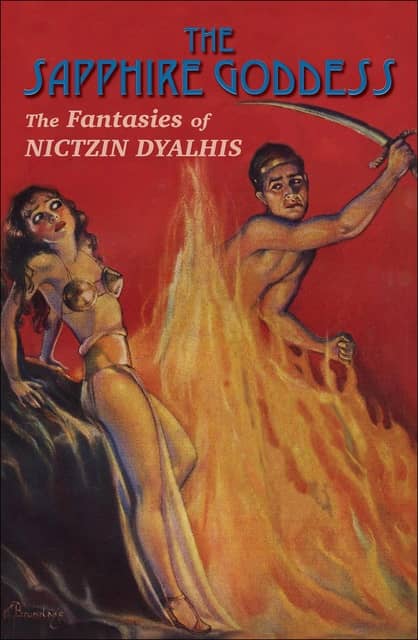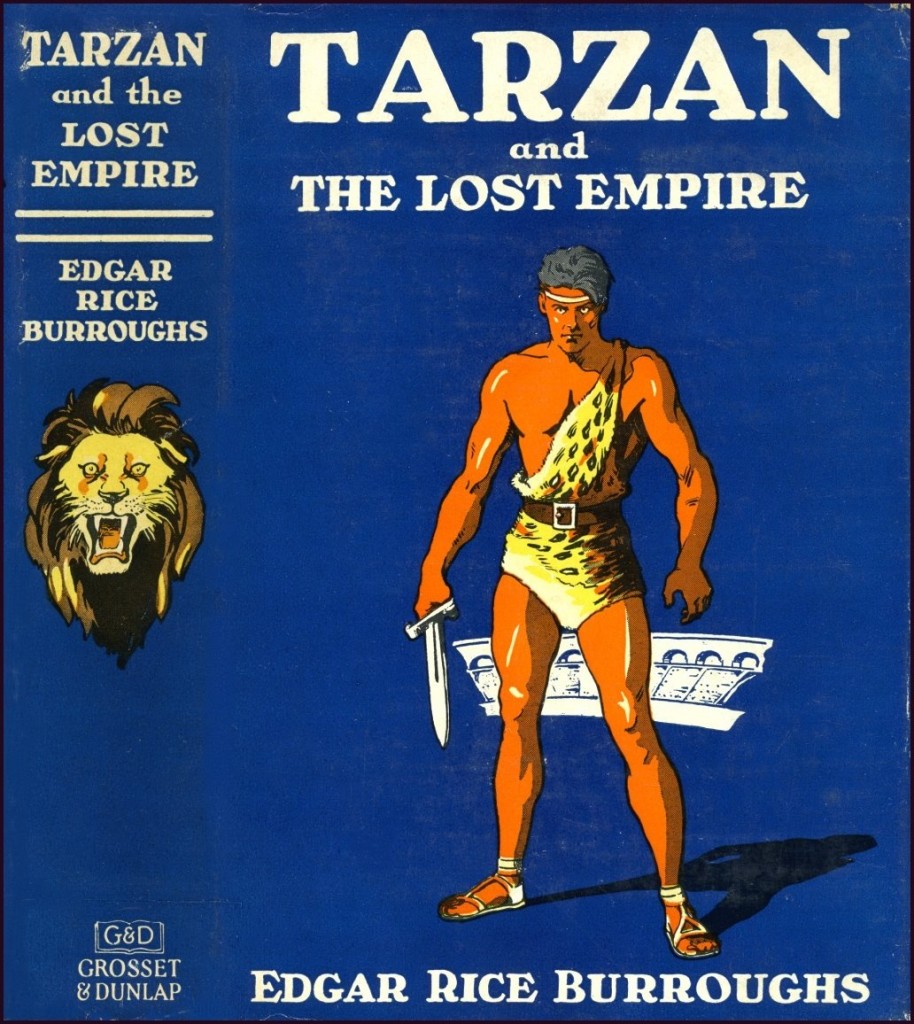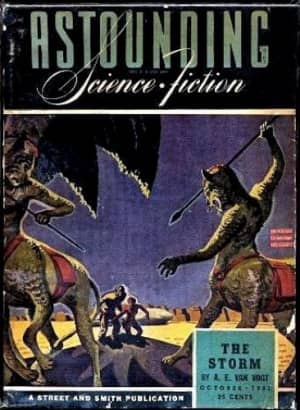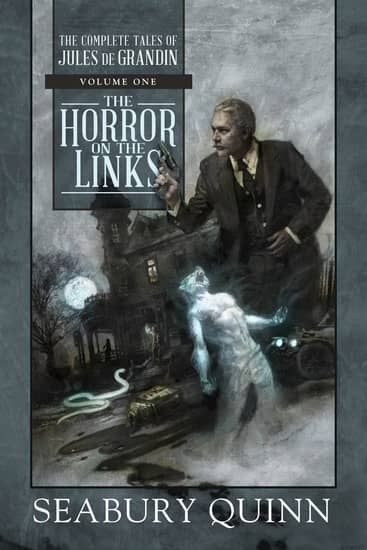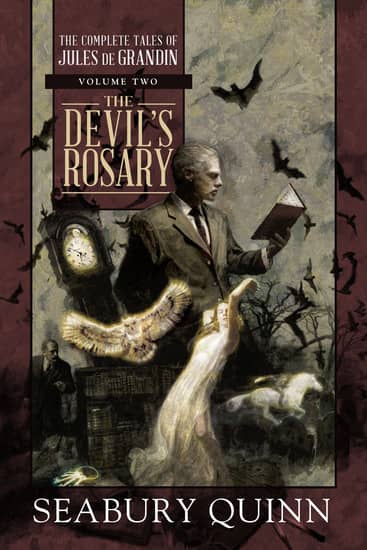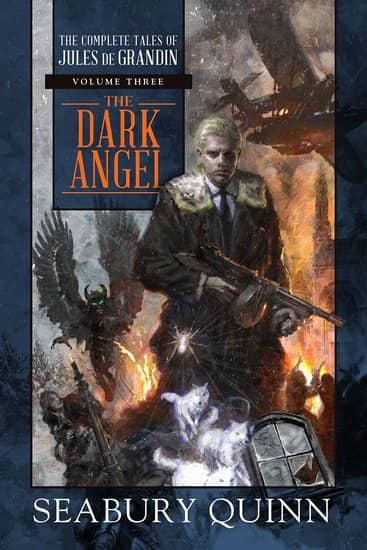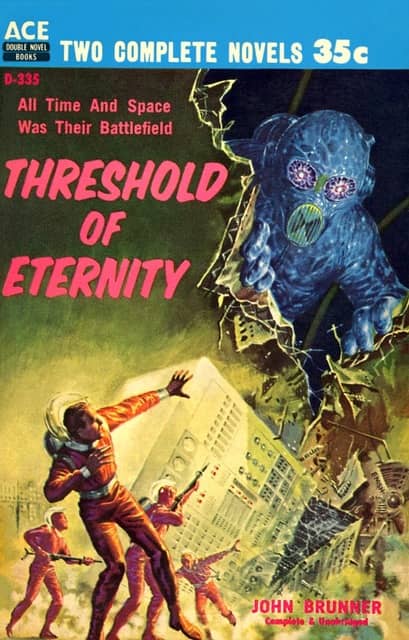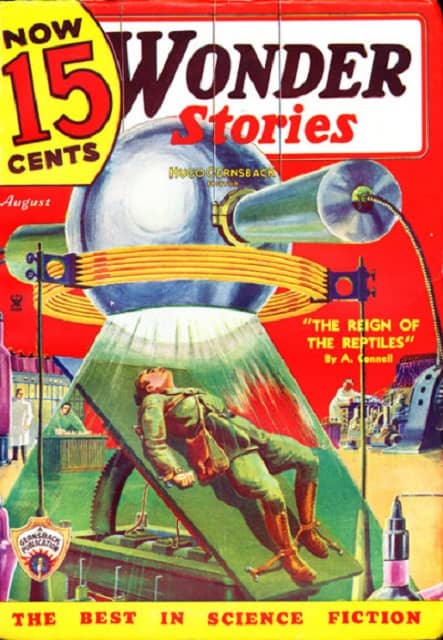Vintage Treasures: The House of Many Worlds by Sam Merwin, Jr.
 |
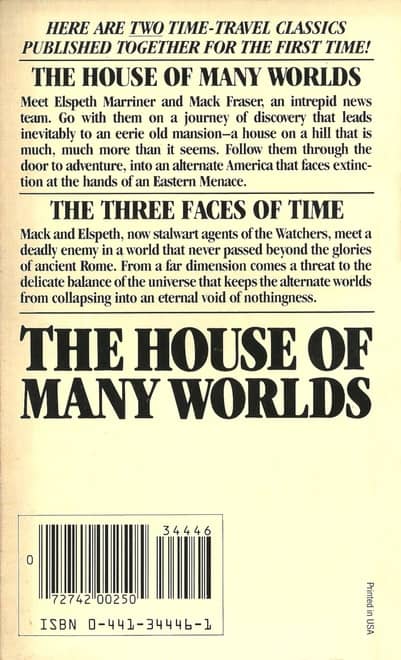 |
Sam Merwin Jr. was one of the most influential SF editors of the pulp era. He took over the reins at Thrilling Wonder Stories and Startling Stories in Winter 1945 from Oscar J. Friend, and immediately adopted a more mature attitude, attracting more adult readers and better writers. At first he assumed Friend’s editorial pseudonym, Sergeant Saturn, but eventually he simply went by the title Editor. By 1950 he was also editing Fantastic Story Quarterly and Wonder Stories Annual, making him one of the most important names in the field. His letter columns were avidly followed by fans of all ages, and he’s widely credited with steering his SF magazines out of the kid’s section and towards an adult readership.
Merwin quit editing in 1951 to become a freelance writer, and found some success with mysteries, and writing stories for DC’s Strange Adventures and Mystery in Space in 1952-1953. He briefly edited Fantastic Universe in 1953, and was an associate editor at Galaxy around the same time.
But Merwin is remembered today chiefly for two linked time travel novels, The House of Many Worlds and Three Faces of Time. They were published in a paperback omnibus edition by Ace in 1983, with a cover by comic artist Frank Brunner (above).
